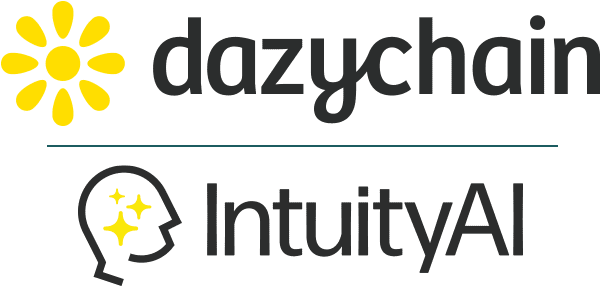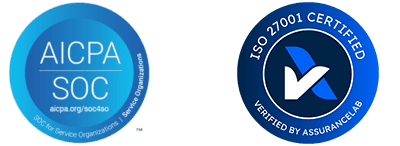Seven key actions to gain commitment to create change
When we speak of innovation, we often exclusively focus on technologies, processes, inventions or ideas. Innovation is actually all about people. People create solutions to life’s big challenges. People are the ones who lead a change, people are the ones who bring their honest commitment and manage the projects. Innovations are led and driven by people and their colleagues who agree to work together in a type of social contract to get things done.
Gaining commitment takes time and effort, but it’s never wasted and may well help you avoid a catastrophic failure. Here are the seven key actions to gain commitment to create change:
1. A clearly articulated and compelling challenge
This is a challenge that the whole team is aware of as a pain point or an opportunity, is usually customer or commercially driven and is a challenge people can really get behind. A well-articulated challenge is described succinctly, and includes information on who, what, how, who and when the change or innovation is happening. A good challenge also takes into account the knowledge, feelings, aspirations and history of the people who are involved in the change.
2. Presence of a committed leader
A committed leader shows the importance of the project in their words and actions. The committed leader talks about it, shows presentations, fosters discussion, writes about it, asks for updates, creates progress reports and shares insights on the change and the progress of the change. The committed leader is a champion for the project and a supporter of the participants publicly in front of colleagues, senior executives and customers.
3. A dedicated project manager is appointed on the project
It’s astounding how often the role of project manager is unassigned. Responsibility is dissipated and the team commitment fizzles out. A dedicated project manager is assigned key performance indicators, resources, a plan, a communications schedule and the responsibility of managing the project to an outcome.
4. Projects, policies and processes are planned with managers and leaders
As a manager, if your team is not involved from the outset, you may find a subtle but pervasive lack of enthusiasm, support and follow through. Ideas remain static without the consultation, involvement and enthusiasm of managers and leaders. Interestingly when managers and leaders are involved, they add a level of reality, detail and specificity that you will likely miss if you forge ahead without them. The small but vital key detail of a manufacturing process or the specificity of a labour agreement wage rate may just be the element that makes or breaks your new change or innovation.
5. Change can be communicated across all areas of the business
Committed change leaders need a platform. Whether that’s email, company blog, chat, social media, website, brown bag lunches, presentations, group meetings or training programs, a leader needs a platform for company-wide communication. Sometimes this means using all of the platforms suggested, particularly if you have employees in a range of sites, or employees who do not routinely access email.
6. Commitment and enthusiasm from senior leaders is clearly visible
Nothing kills a project more quickly than senior leaders who are clear detractors, for example, a simple facial expression or a shake of the head can communicate a total lack of commitment to implement and support a change to the entire team. An enthusiastic and committed manager with loyal direct reports can be utterly transformative. Early consultation, involvement and participation are the keys to getting senior leaders and managers across the organisation on board. No one likes changes rammed uncomfortably into place without consultation. The result is often failure, distrust and poor morale.
7. Support and follow through is in place
Who hasn’t seen the effects of a lack of follow through? The new system is introduced with great fanfare, then there’s a large amount of turnover and no one knows how to use it. Or the new safety training program is in place, but no one is collecting data on how many people have taken it, or who needs follow up training. Support and follow through need to be planned, resourced and budgeted as part of the initial project so they can be put in place and continue to support the goals of the project in business as usual mode.
Dr Katherine King is Chief Operating Officer and Product Owner for the Dazychain legal operations management platform at Yarris. She manages the Dazychain team and product roadmap, new customer launches, product configurations and change management.











